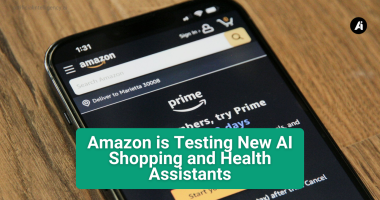What if we had millions of patient records sitting in a digital vault—everything from diagnoses and prescriptions to doctor notes and test results? Sounds like a goldmine for understanding health trends, right? But here’s the thing. Trying to process all of that data with a regular computer would take forever, if it works at all.
This is where artificial intelligence (AI) steps in.
Some datasets, like the National Inpatient Sample, include info from over 7 million patients across years. That’s a staggering amount of data. Traditional systems often can’t even handle it without crashing. So how do researchers make sense of it all?
With help from high-performance computing and advanced AI models, researchers can now process these huge datasets efficiently. AI is designed to spot patterns—especially the ones too subtle or complex for humans to detect on their own.
Finding the Gaps in Health Care
Access to health care isn’t the same for everyone. Things like income, race, gender, education level, and location all affect the kind of care people get. But before anyone can fix the problem, we need to understand where the gaps are and who they affect.
That’s where AI helps. By digging into massive electronic health record (EHR) systems, researchers can uncover disparities. These systems contain detailed histories for each patient, including treatments, medications, and even clinicians’ notes.
Let’s say a group of doctors suspects certain patients aren’t responding well to a common treatment. With AI, researchers can analyze patient data and confirm whether that pattern exists—and if it varies by demographic group. Sometimes, the data supports the theory. Other times, it reveals unexpected patterns that might never have been noticed otherwise.
What About During COVID-19?
AI also helped analyze how different people accessed care during the pandemic, especially through telemedicine. By comparing patients who used telehealth with those who didn’t, researchers could identify who adapted quickly—and who might have been left behind.
For example, it turns out that more educated individuals were quicker to adopt virtual visits. And surprisingly, women were more likely than men to see a doctor online. These insights help shape future strategies for more inclusive virtual care.
AI and Specialized Care
In one study, researchers looked into who was getting care for ENT-related conditions like hearing loss or chronic sinus issues. The findings were clear: patients seen at specialty clinics were often older, white, female, and more educated. Meanwhile, underserved groups—like Black, male, or lower-income individuals—were less likely to receive specialized care.
This doesn’t solve the problem directly, but it puts a spotlight on where help is needed. From there, other teams can develop interventions tailored to those groups.
Making Life Easier for Patients
AI isn’t just for researchers. It’s also being used to improve the day-to-day experience for patients.
In one project, a voice assistant—like an AI-powered Alexa—was given to patients to help them report health data from home. Instead of logging into a portal and manually typing in their info, they could simply talk to the device. It could ask follow-up questions, provide reminders, and offer encouragement.
This makes it easier for patients to stay engaged in their own care, and ensures that clinicians get the data they need to make better decisions.
So, What’s Next?
AI is proving to be more than just a cool tech trend. It’s helping us tackle some of the biggest issues in health care—from identifying hidden gaps in access to creating better ways for patients to engage with their treatment.
Can AI make healthcare fairer and accessible for everyone? That’s the goal. And the work happening today is bringing us closer to that future.





